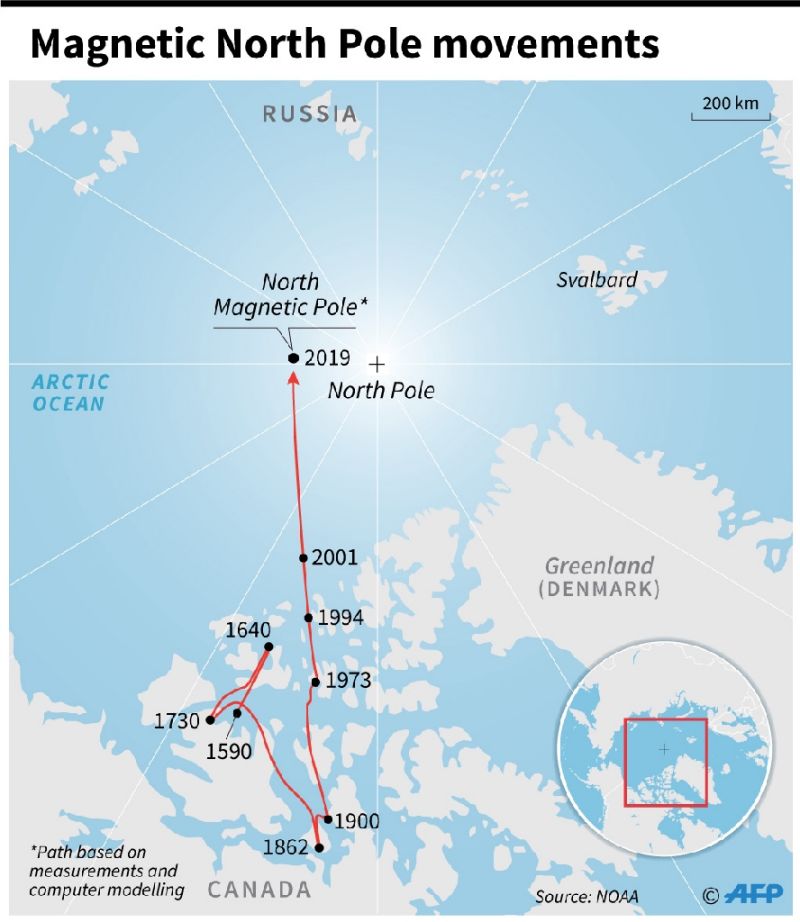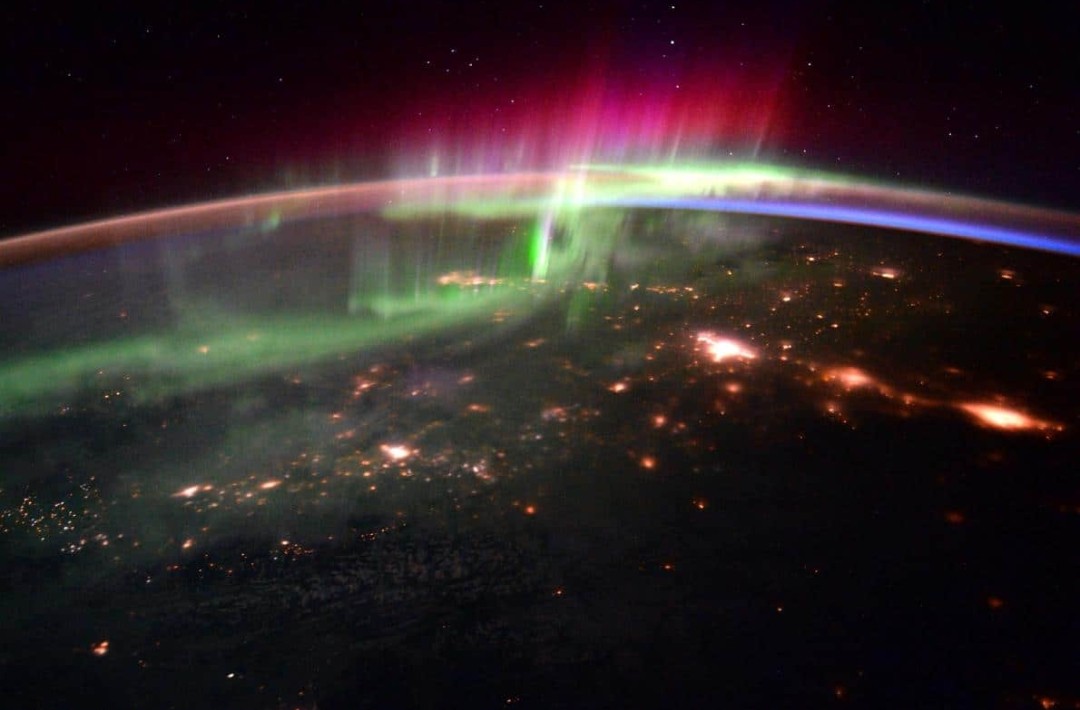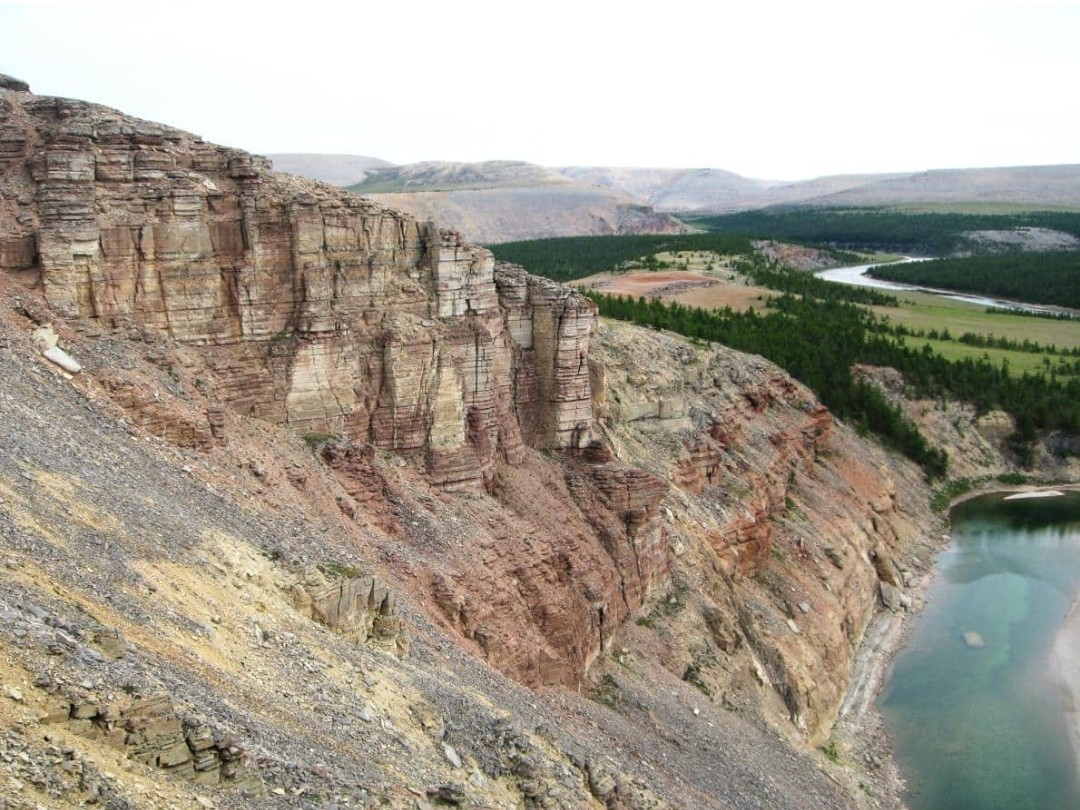It looks like you're using an Ad Blocker.
Please white-list or disable AboveTopSecret.com in your ad-blocking tool.
Thank you.
Some features of ATS will be disabled while you continue to use an ad-blocker.
16
share:
Title from the NG Article reads: " Earth's Magnetic Field Flips Much More Frequently than We Thought"
The planet’s magnetic poles swapped places at an astounding rate about 500 million years ago, which offers clues to core formation and
hints at the effects on early life.
Name of Scientist(s) in Article: Yves Gallet; France’s Institut de Physique du Globe de Paris.
This Link describes what might happen during the next pole flip.
Gallet and his colleagues have uncovered evidence of one of the highest rates of field reversals yet recorded. During this stunningly chaotic time, the planet experienced 26 magnetic pole reversals every million years—more than five times the rate seen in the last 10 million years. The result joins a mounting set of evidence that suggests the planet’s magnetic field is capable of flipping more frequently than once thought possible.
How fast can these reversals get? Well to find out, Gallet and his colleagues ventured by helicopter, inflatable raft, and foot to precarious cliffs that date to a sparsely sampled period in the Middle Cambrian, approximately 500 million years ago.
What Intrigued me the most was the length of time in-between and during the hyperactive periods and the more quiet periods. Was something aggravating the Earth? Hm.
The planet’s magnetic poles swapped places at an astounding rate about 500 million years ago, which offers clues to core formation and
hints at the effects on early life.
Name of Scientist(s) in Article: Yves Gallet; France’s Institut de Physique du Globe de Paris.
Earth’s Magnetic Field
This protective bubble shields Earth from radiation that’s constantly streaming from the sun. In the planet’s 4.6-billion-year history, the field has frequently flipped, swapping magnetic north and south, and some research suggests that another flip may be on the geological horizon. While fears of a looming geomagnetic apocalypse are overblown, a magnetic reversal could have many damaging impacts, from increased radiation exposure to technological disruptions, which makes understanding these historic flips more than just a scientific curiosity.
This Link describes what might happen during the next pole flip.
Gallet and his colleagues have uncovered evidence of one of the highest rates of field reversals yet recorded. During this stunningly chaotic time, the planet experienced 26 magnetic pole reversals every million years—more than five times the rate seen in the last 10 million years. The result joins a mounting set of evidence that suggests the planet’s magnetic field is capable of flipping more frequently than once thought possible.
Earth’s Restless Poles
Earth’s magnetic field is charged by the churn of the molten iron and nickel of our planet’s outer core, some 1,800 miles below the surface. Over the years, the field’s turns and tumbles have been captured by iron-rich minerals attuned to magnetic influences, which can become trapped in place as sedimentary rocks form or lava cools, like tiny compass needles frozen in time.
Based on this rocky record, our poles haven’t switched places in some 780,000 years, but they’ve been restless in the past, reversing every 200,000 years or so. There are also prolonged periods when the poles largely stayed put, such as a 40-million-year block of time during the Jurassic period.
How fast can these reversals get? Well to find out, Gallet and his colleagues ventured by helicopter, inflatable raft, and foot to precarious cliffs that date to a sparsely sampled period in the Middle Cambrian, approximately 500 million years ago.
Gallet and his colleagues first visited the site in the early 2000s, collecting around 119 samples from the nearly vertical face of rock. This work revealed a period during the Middle Cambrian that saw at least six to eight field reversals every million years. In the summer of 2016, they returned to do more collecting - some 550 small blocks of rock every four to eight inches. Analysis of the magnetic signatures confirmed their suspicion: Over the three million years captured in their samples, they detected a striking 78 field reversals. And 22 of the samples record only one reversal, he notes, hinting that perhaps the true rate is even higher.
Flipping Out
For now, the new study offers more questions than answers. It’s unclear why the field was so hyper at that time and, even more intriguingly, why it settled back down quickly. One possibility is that these early flips are tied to the cooling and crystallization of the planet’s solid inner core. While many studies suggest this likely began 600 or 700 million years ago, perhaps the intense flipping in the Middle Cambrian came from a late period of inner core formation. But there’s still a lot of uncertainty.
The only other time period with comparably high reversals, known as the Ediacaran, occurred some 550 to 560 million years ago, a time that intriguingly lines up with a mass die-off of life. Studies suggest that the flip-flopping magnetic field of the Ediacaran was extremely weak, which might have exposed early life on Earth to punishing surface conditions. But no mass extinction coincides with the newly proposed hyperactive flipping in the Middle Cambrian, when life was blooming in a myriad of forms. Maybe evolution gave those creatures a helping hand, he suggests, resulting in the burst of burrowers and other animals who could seek shelter from harmful solar rays. But at this point, he says, it’s all conjecture.
What Intrigued me the most was the length of time in-between and during the hyperactive periods and the more quiet periods. Was something aggravating the Earth? Hm.
Magnetic questions
One curious pattern is that there seems to be some cyclicality to the changes, with prolonged periods without flips happening roughly every 150 million years. Between these delays, the field seems to flip at a rate as fast as five times every million years, and these periods are then punctuated with hyperactive spurts.
Based on these rough cycles, it seems Earth’s magnetic field might be headed toward another period of hyperactivity, Meert says, but he cautions that much remains uncertain. And even if a reversal is on the horizon, each one happens in slow motion from our perspective, with the poles shifting places over several thousand years.
edit on 10/2/2019 by LtFluffyCakes96 because: (no reason given)
Recently, I looked up where the magnetic north pole is now:

It's now only a stone's throw from the geographic North Pole, closer than it's been at any time in recorded history. And since the 1970's, it's really picked up speed.
Perhaps the next pole flip has started.

It's now only a stone's throw from the geographic North Pole, closer than it's been at any time in recorded history. And since the 1970's, it's really picked up speed.
Perhaps the next pole flip has started.
new topics
-
Just learned a really helpful trick for internet searches
Computer Help: 1 hours ago -
Not off to a good start
General Chit Chat: 3 hours ago -
If they can see...they can read!!
Rant: 10 hours ago
16


